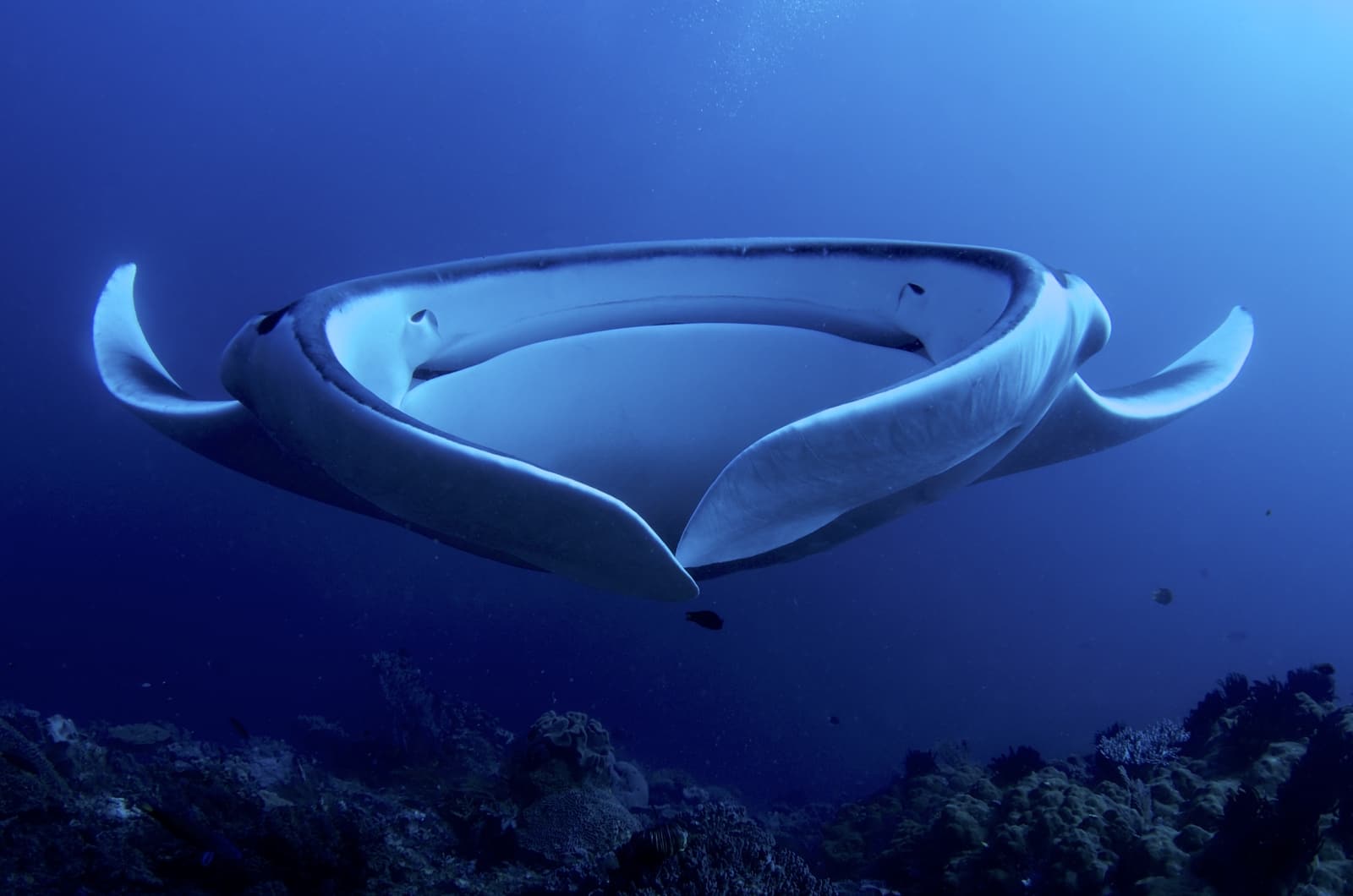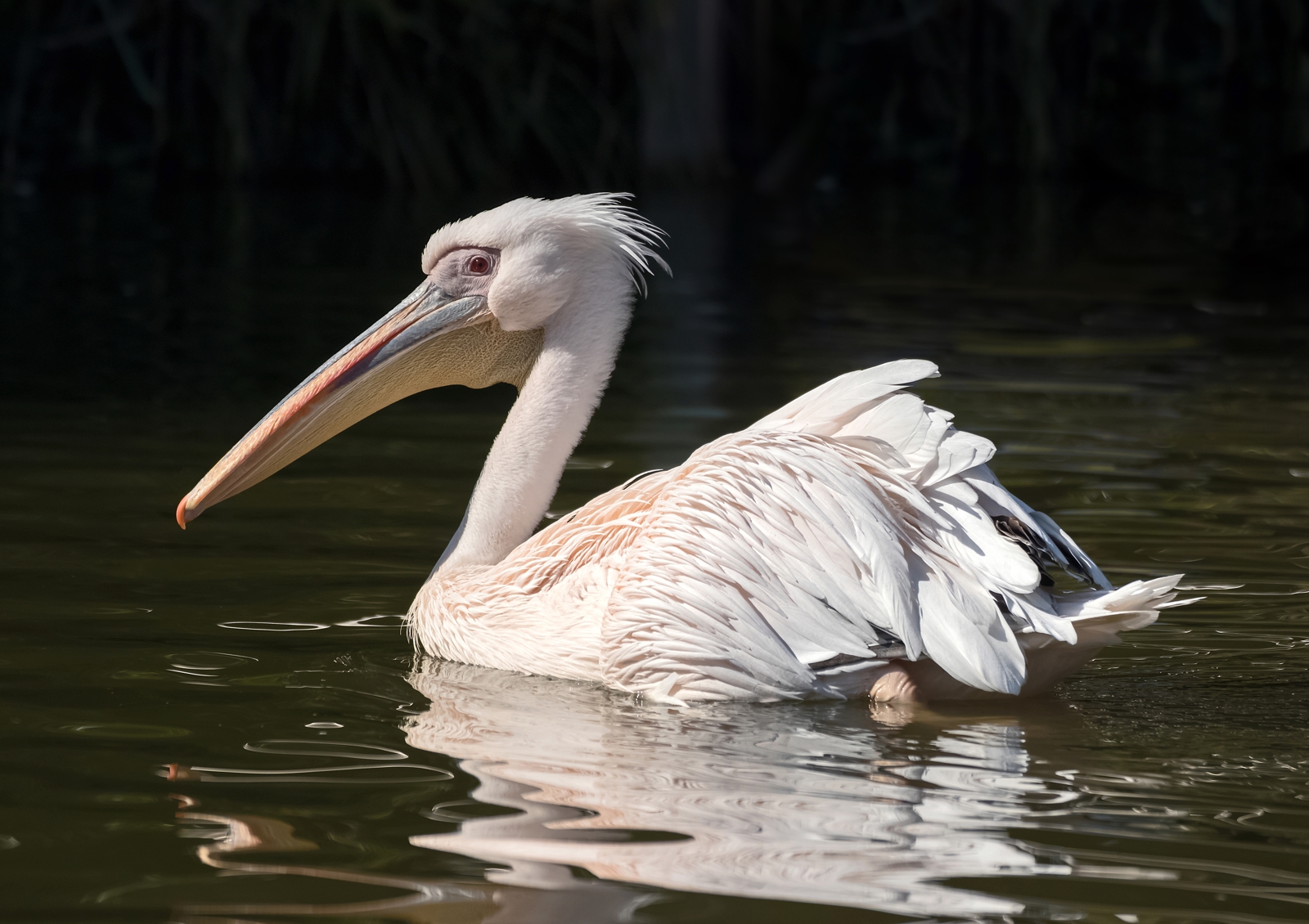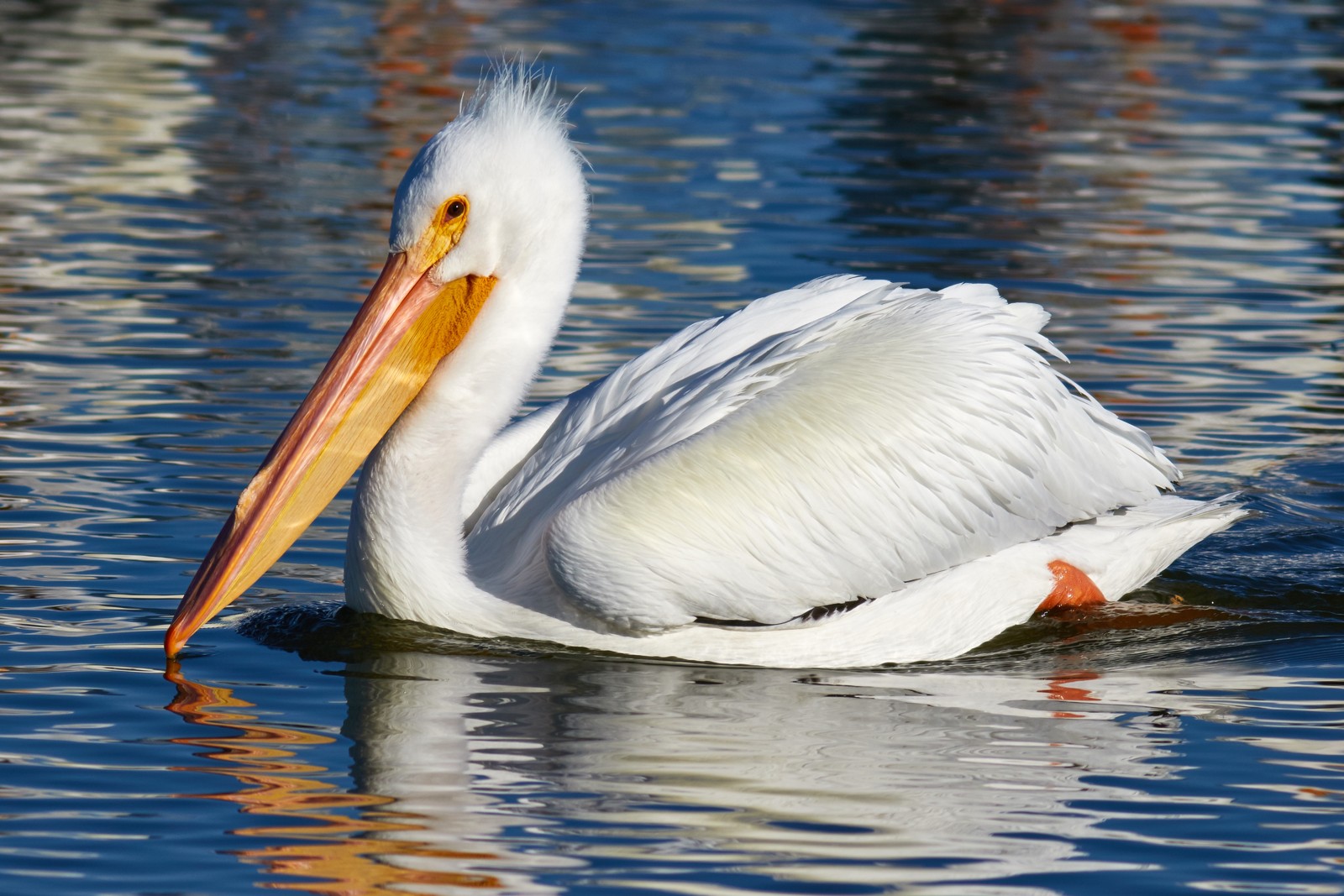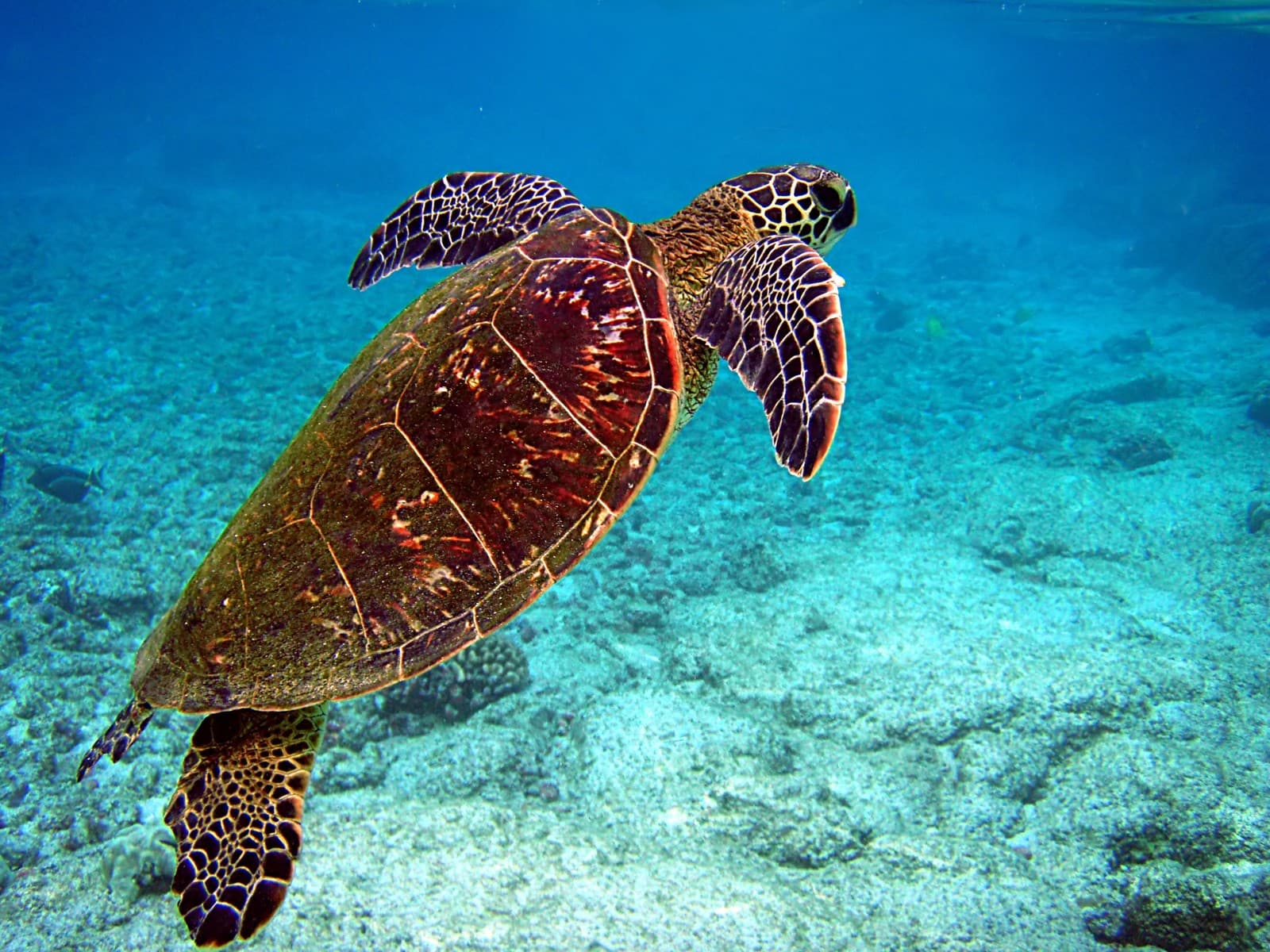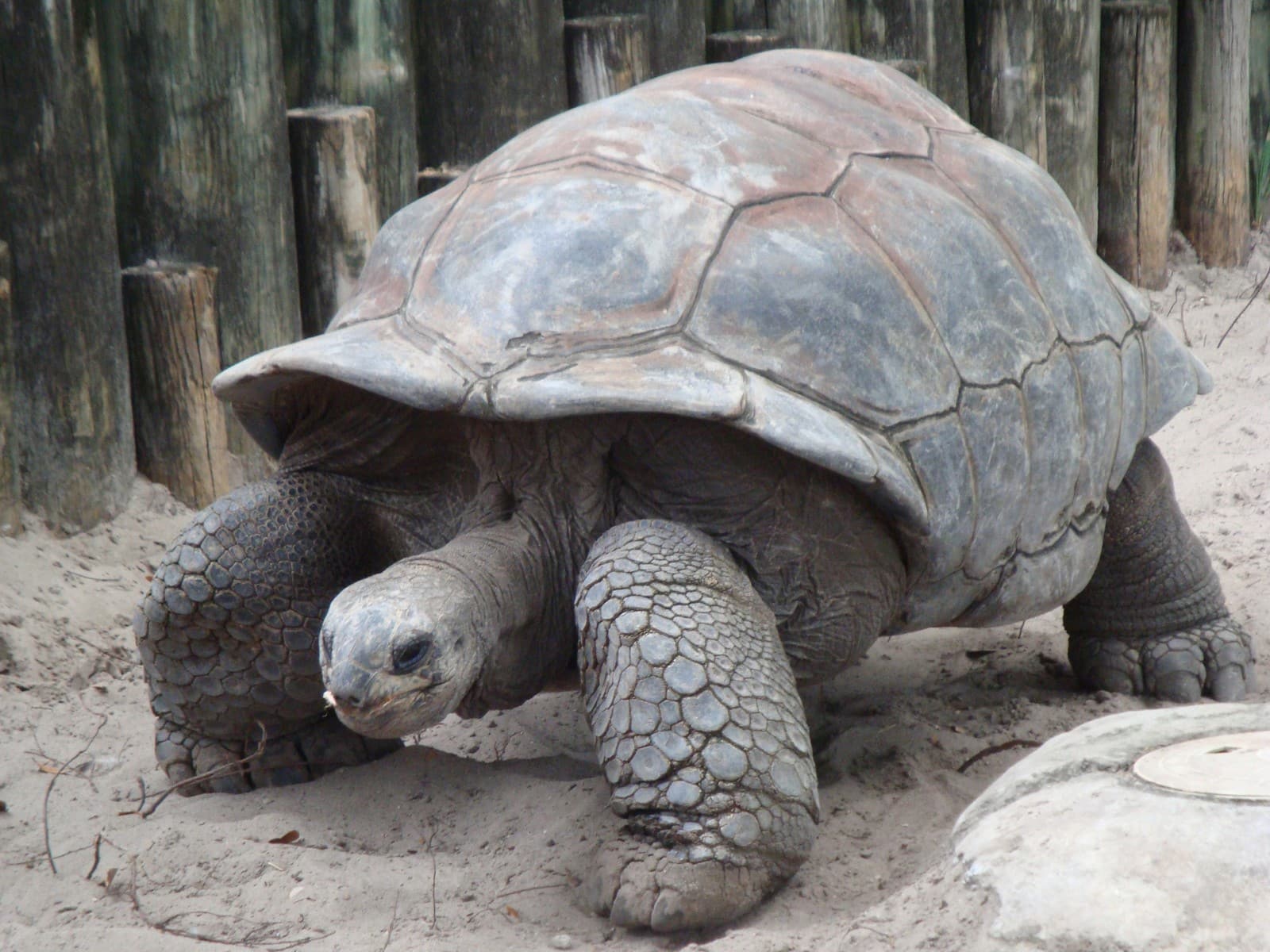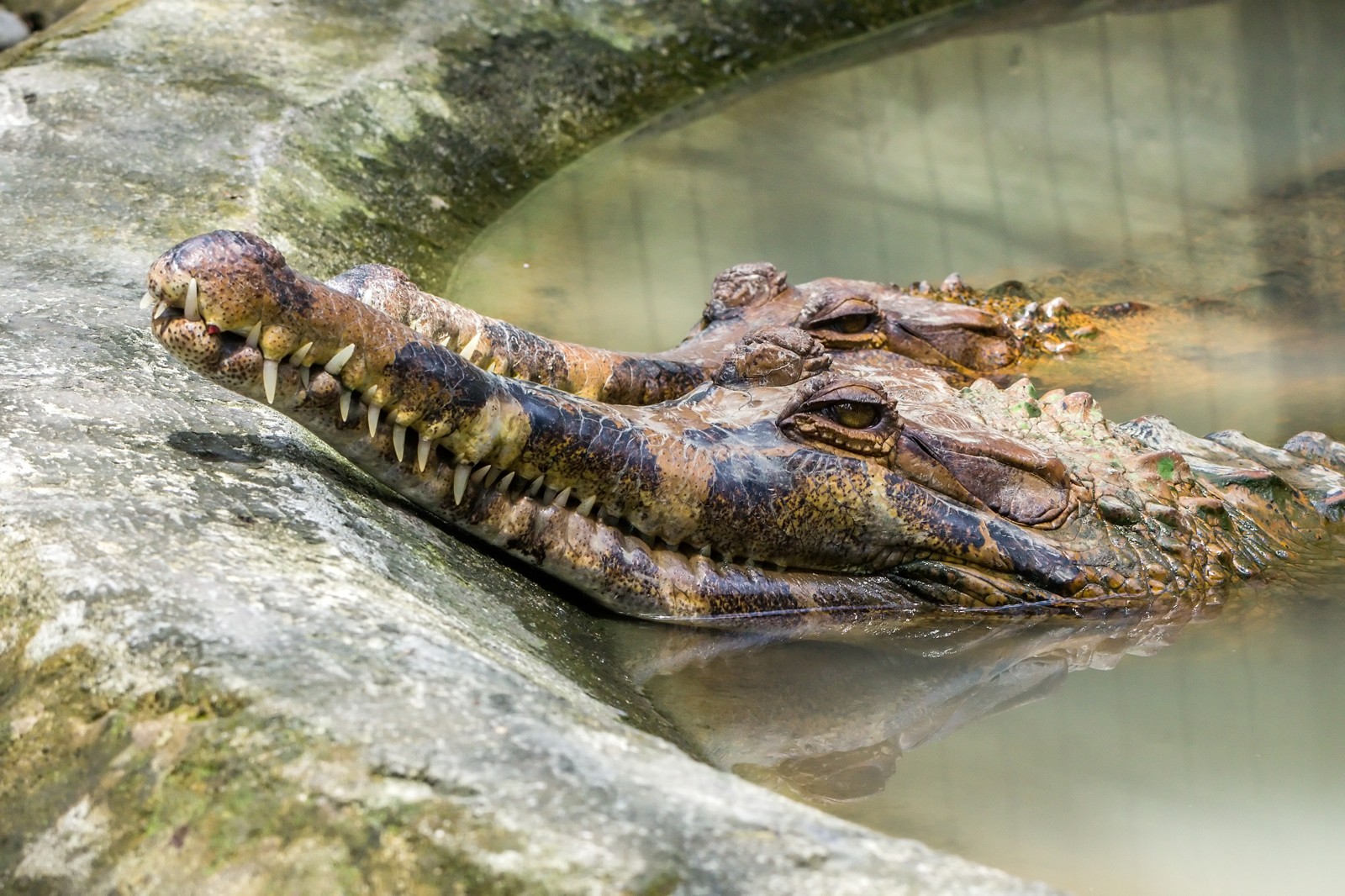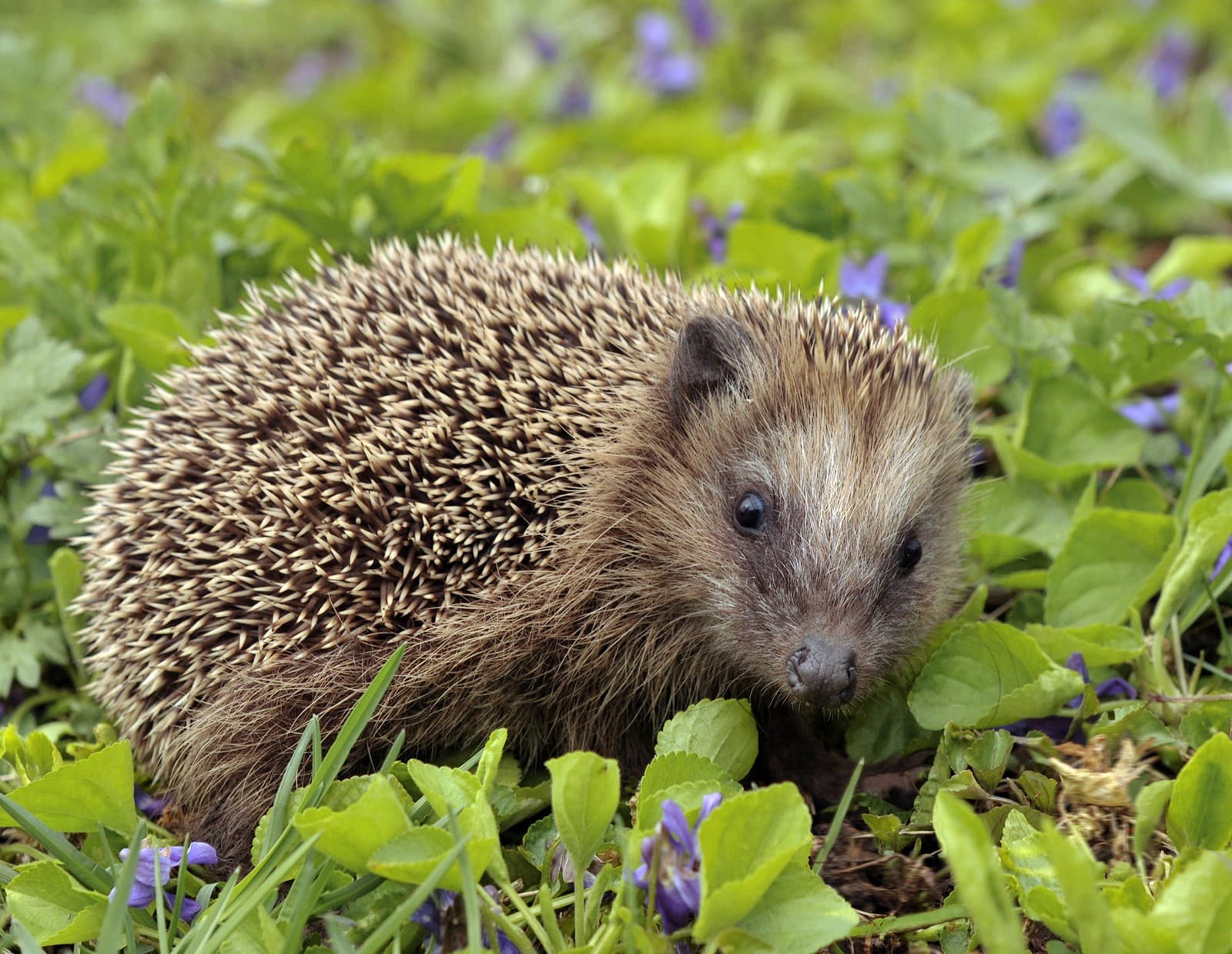Manta Ray vs Eagle Ray: A Complete Comparison
When comparing Manta Ray vs Eagle Ray species, several distinct characteristics set these magnificent creatures apart. Manta Rays are significantly larger, reaching wingspans up to 29 feet (8.8 meters), while Eagle Rays typically max out at 10 feet (3 meters). Despite both belonging to the ray family, these species have evolved different feeding strategies, hunting behaviors, and physical characteristics that make them uniquely adapted to their marine environments.
The most immediate difference between Manta Rays and Eagle Rays lies in their distinctive appearances and feeding apparatus. Manta Rays possess cephalic fins that help funnel plankton into their mouths, while Eagle Rays feature a more pointed snout designed for digging through sandy seafloors in search of mollusks and crustaceans.
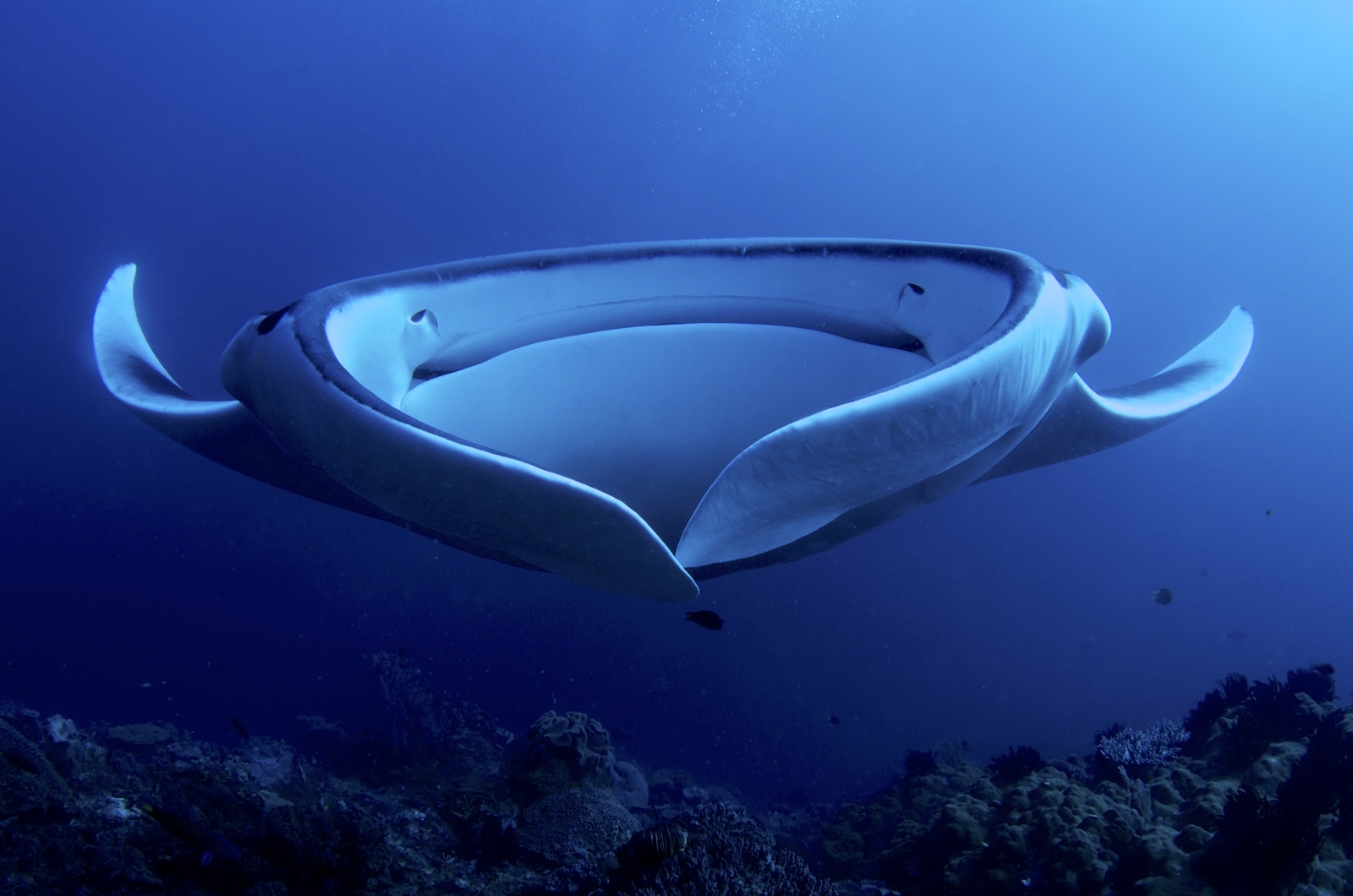
A majestic Manta Ray displays its characteristic wingspan while filter feeding in tropical waters, showcasing the species’ enormous size compared to its Eagle Ray cousin.
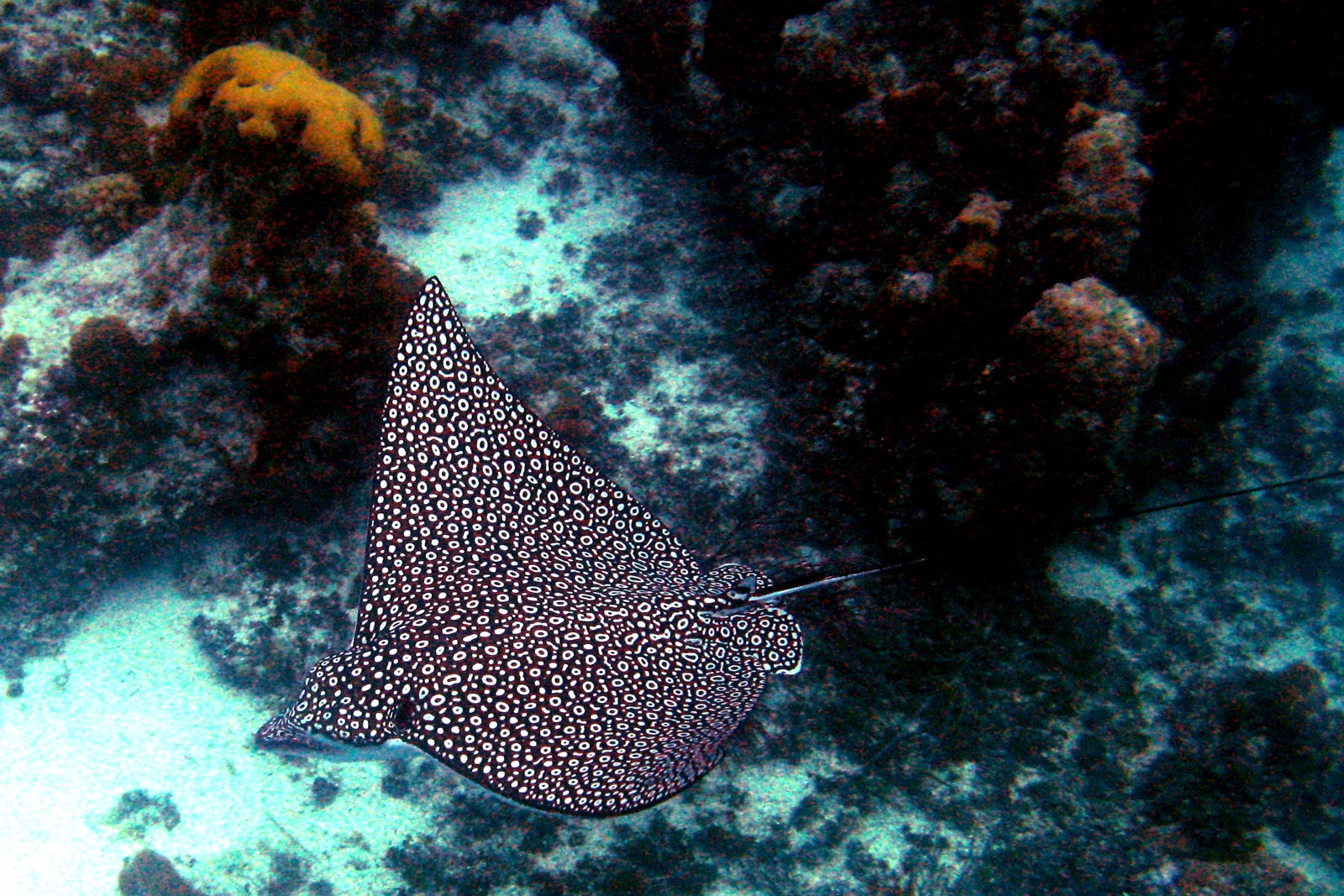
An Eagle Ray demonstrates its distinctive spotted pattern and diamond-shaped body while patrolling a coral reef, highlighting key visual differences from the larger Manta Ray.
Key Differences Between Manta Rays and Eagle Rays
| Feature | Manta Ray | Eagle Ray |
|---|---|---|
| Size | 18-29 feet (5.5-8.8m) wingspan | 6-10 feet (1.8-3m) wingspan |
| Weight | Up to 3,000 lbs (1,360 kg) | Up to 500 lbs (227 kg) |
| Diet | Plankton, small fish | Mollusks, crustaceans |
| Feeding Method | Filter feeding | Bottom feeding |
| Coloration | Black dorsal, white ventral | Spotted pattern, various colors |
| Habitat Depth | Surface to 3,280 ft (1,000m) | Surface to 262 ft (80m) |
Habitat and Distribution
Manta Rays typically inhabit deeper oceanic waters, frequently visiting cleaning stations at reef edges and seamounts. They’re known to migrate across vast distances, following plankton blooms. Eagle Rays, conversely, prefer coastal waters and coral reef environments, rarely venturing into the open ocean. Their habitat choice directly relates to their feeding strategies and prey availability.
Hunting and Feeding Behavior
Manta Ray Feeding Strategy
- Filter feeds on plankton and small fish
- Uses cephalic fins to funnel prey
- Feeds near surface and in mid-water
- Often feeds in groups during plankton blooms
Eagle Ray Feeding Strategy
- Crushes shellfish with powerful dental plates
- Digs in sand for buried prey
- Uses electroreceptors to locate food
- Usually hunts individually or in small groups
Intelligence and Social Behavior
Recent studies suggest Manta Rays possess remarkable intelligence, demonstrating self-awareness and complex social behaviors. They’re known to form temporary feeding aggregations and engage in courtship rituals. Eagle Rays, while also social, typically gather in smaller groups and show less complex social interactions.
Conservation Status and Threats
Both species face significant conservation challenges, though their threats differ:
Manta Rays:
- Targeted for gill rakers used in traditional medicine
- Vulnerable to vessel strikes
- Often caught as bycatch
- Listed as vulnerable by IUCN
Eagle Rays:
- Impacted by coastal habitat destruction
- Caught for food and leather
- Affected by bottom trawling
- Near threatened in many regions
Who Would Win in an Encounter?
While neither species is aggressive toward the other, Manta Rays hold several physical advantages:
- Significantly larger size
- Greater mass and strength
- More powerful swimming capability
- Better maneuverability in open water
However, such confrontations don’t occur naturally as these species occupy different ecological niches and rarely interact directly.
Interaction with Humans
Both rays are generally peaceful around humans, though their behaviors differ:
- Manta Rays often approach divers curiously
- Eagle Rays typically maintain distance from humans
- Neither species poses significant threat to humans
- Both are popular attractions for eco-tourism
Understanding these magnificent creatures helps ensure their conservation and highlights the importance of protecting our ocean’s biodiversity for future generations.

